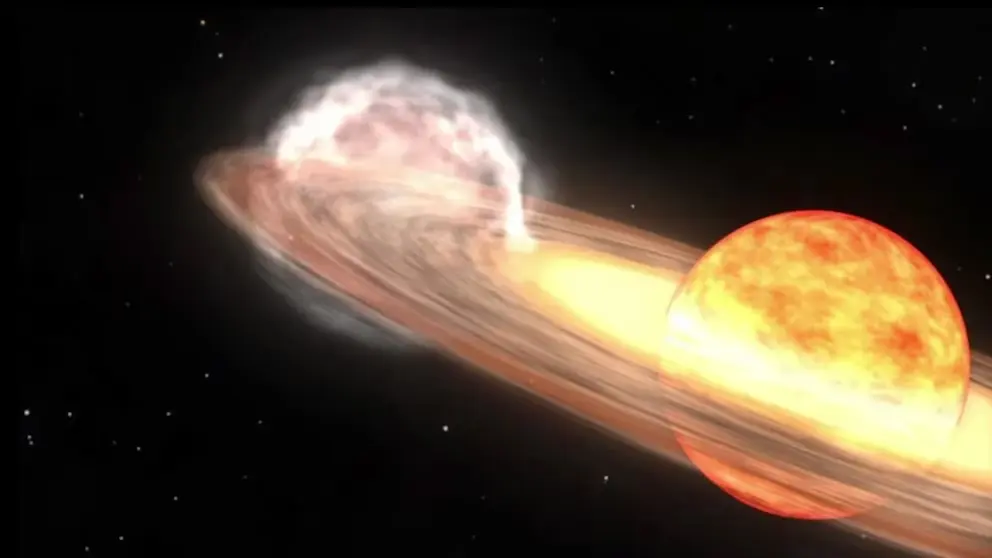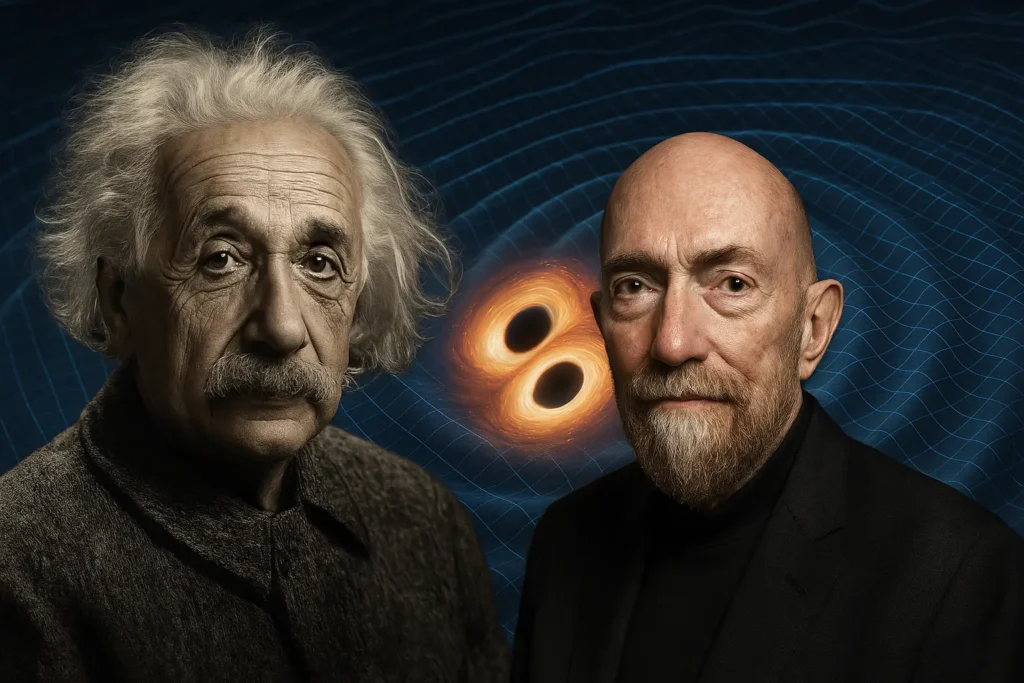— Jason Hyon, Chief Technologist for Earth Science at JPL
In a groundbreaking stride toward the future of Earth observation and quantum science, NASA’s Jet Propulsion Laboratory (JPL), in collaboration with leading academic institutions and private sector partners, is preparing to launch the world’s first space-based quantum gravity sensor. Known as the Quantum Gravity Gradiometer Pathfinder (QGGPf), this mission represents a pioneering milestone in the field of quantum sensing and gravitational measurement.

A New Era in Gravity Measurement
Supported by NASA’s Earth Science Technology Office (ESTO), the QGGPf mission is designed to provide unprecedented sensitivity in detecting variations in Earth’s gravitational field. These measurements are critical for a wide range of applications, from mapping underground aquifers and mineral deposits to identifying petroleum reserves and monitoring global freshwater supplies.
Unlike classical gravity instruments, which rely on mechanical test masses and often require multi-satellite configurations, QGGPf will utilize a compact, single-spacecraft system that fits within a volume of just 0.25 cubic meters and weighs approximately 125 kilograms. This innovative approach significantly reduces the size, weight, and complexity traditionally associated with such missions.
The Quantum Advantage
At the heart of QGGPf’s capability lies its use of two clouds of ultra-cold rubidium atoms as test masses. Cooled to temperatures near absolute zero, these atoms transition into a quantum state where they exhibit wave-like behavior. By comparing the acceleration of these atom clouds in different gravitational environments, scientists can detect minute variations in gravitational strength—a technique known as gravity gradiometry.
“Gravity gradiometers track how fast an object in one location falls compared to an object falling just a short distance away,” explains Jason Hyon, chief technologist for Earth Science at JPL. “We could determine the mass of the Himalayas using atoms.”
This quantum-based method offers a high degree of measurement stability. According to JPL experimental physicist Sheng-wey Chiow, “With atoms, I can guarantee that every measurement will be the same. We are less sensitive to environmental effects.” The consistency and precision of atomic test masses give quantum gravity sensors a distinct edge over classical systems, with some estimates suggesting a tenfold increase in sensitivity.
Toward Technology Validation and Beyond
Slated for launch near the end of this decade, the QGGPf mission is a critical step in validating technologies that manipulate light-matter interactions at the atomic scale. The project aims not only to demonstrate the feasibility of quantum gravity gradiometry in space but also to serve as a platform for advancing the broader field of quantum sensing.
“No one has tried to fly one of these instruments yet,” said Ben Stray, a postdoctoral researcher at JPL. “We need to fly it so that we can figure out how well it will operate, and that will allow us to not only advance the quantum gravity gradiometer, but also quantum technology in general.”
This effort is emblematic of a growing synergy between NASA and the private sector. JPL is collaborating with AOSense and Infleqtion to refine the sensor head technology, while NASA’s Goddard Space Flight Center is working with Vector Atomic to develop the mission’s laser optical system.
Looking Ahead
The innovations realized through QGGPf have the potential to reshape our understanding not only of Earth but also of distant planetary bodies. Enhanced gravity mapping capabilities could aid in exploring subsurface structures on the Moon, Mars, and beyond—deepening our knowledge of planetary formation and evolution.
As quantum sensing begins to extend its reach into the cosmos, the QGGPf mission stands as a symbol of the transformative power of interdisciplinary collaboration and technological ingenuity.
What are your thoughts on the potential of quantum sensing to redefine Earth and planetary science?


